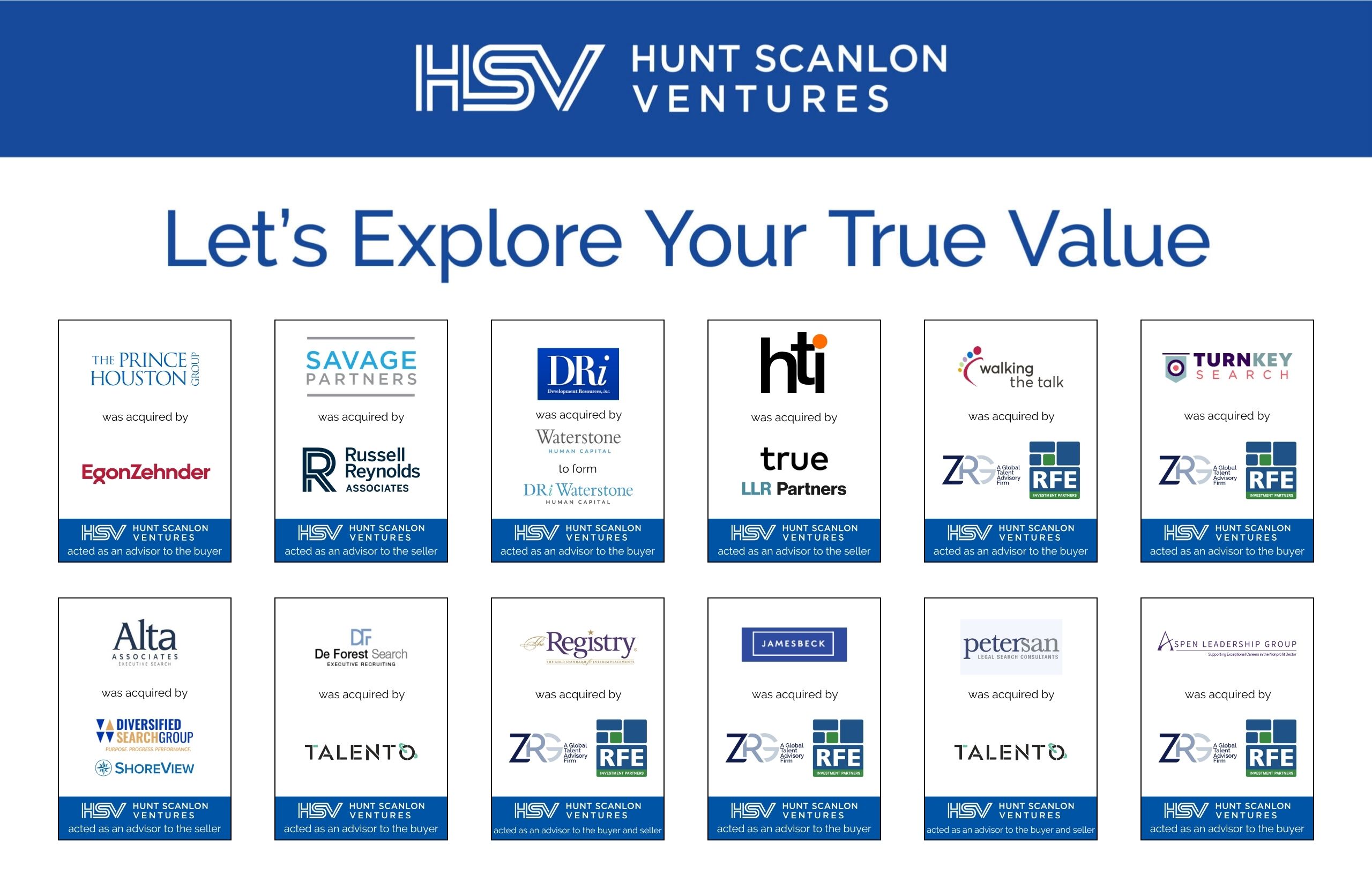New research from Leathwaite confirms the increasing significance that chief talent officers are having on business strategy and value creation. Drew Seaman, managing director at Hunt Scanlon Ventures, takes a closer look with Leathwaite partner Tim Spriggs.
As talent becomes increasingly recognized as the crucial lever in the broader success and value of a company, the significance of the chief talent officer role has grown exponentially.
Chief executives and boards now concede the influence that talent plays in executing broad business objectives. And, according to a new report from Leathwaite, with this shift more leaders are pinning their plans on strategic talent leaders as people move center stage on the growth agenda.
“Having a clear talent strategy with a strong leader to spearhead and carry it out is key to the implementation and success of broader company goals,” said Leathwaite partner Tim Spriggs. He noted that progressive talent functions that establish a strong foundation can then venture into disruptive territories, exploring innovative approaches and even leveraging AI capabilities.
Complexities Around Modern Talent
Based in the executive search firm’s London office, Mr. Spriggs serves as a key member of Leathwaite’s global HR practice. He brings over 15 years of recruiting and advisory experience in human resources and human capital across a wide range of industries in both public and private enterprises.
He often works closely with business leaders and CHROs seeking to add exceptional and unique talent to their leadership teams, often found outside of traditional pools. So it is from this vantage point that he can train his lens on why these functional talent leaders are now in such hot demand.
“Organizations are concentrating on the immediate requirements of attracting and retaining specific talent pools, all the while juxtaposed with the challenge of steering a new, longer-term transformational strategy.”
As technology continues to evolve rapidly and the pressure to deliver value on investments increases, said Mr. Spriggs, the expectations and demands on talent has become even greater and more complex. Enter the chief talent officer.
“Most organizations today are navigating the need to embark on a longer-term journey that involves integrating AI and cutting-edge technologies,” he said, “with the short-term need of ensuring the function remains practical for today’s business needs.”
Organizations, he added, are concentrating on the immediate requirements of attracting and retaining specific talent pools, “all the while juxtaposed with the challenge of steering a new, longer-term transformational strategy.”
Integrated Approach
As the role of the chief talent officer becomes more relevant, its scope is increasingly extending, with DE&I and talent acquisition falling under the chief talent officer’s purview. And as the talent value proposition expands its reach is becoming far more sweeping.
“In smaller organizations with a builder focus, chief talent officer roles naturally tend to be broader, focusing on the development of culture, values, and leadership standards.”
“Modern organizations are adopting a more integrated approach to the role,” said Mr. Spriggs, “with over 75% incorporating talent acquisition into the position’s general mandate.” That fosters and enables a more holistic approach to talent, he noted.
The degree to which the chief talent officer focuses on certain aspects of talent over others varies based on the size and stage of a company.
Futurists
“The maturity of the organization can significantly influence the optimal structure,” he said. In smaller organizations with a builder focus, “the chief talent officer roles naturally tend to be broader, focusing on the development of culture, values, and leadership standards,” he said.
Talent acquisition is often segmented in scale-up scenarios and larger technology organizations, he noted. “The overall structure is guided by priorities, workload, capacity, people considerations, and unintended consequences from previous organizational designs,” he added.
To be sure, today’s evolving business landscape is witnessing chief talent officers with more unconventional backgrounds.
According to Mr. Spriggs, this includes amalgamating agility, technological and business acumen, stakeholder management, transformation skills, problem-solving capabilities, analytical thinking, and storytelling prowess.
“CTOs are poised to operate as futurists for their organizations,” he said.
All the more reason why their influence on progressive talent agendas is getting recognized more and more by CEOs and boards seeking people leaders who can have a big impact on the strategy, future direction, and value of a business.
Article By

Drew Seaman
Drew Seaman is a Managing Director at Hunt Scanlon Ventures. He is responsible for co-managing the firm’s investment portfolio of executive search, talent acquisition, private equity, and investment firms. In addition to sourcing new opportunities and managing the firm’s current investments, Drew leads the technical aspects of client engagements, including valuation and financial analysis and the preparation of investment marketing materials.
Drew began his career in wealth management before joining BMO Capital Markets as an Investment Banking Associate in the Financial Institutions Group. Drew assisted with transaction execution and prepared comprehensive valuation and financial analyses for clients in the specialty finance, asset and wealth management, and insurance sectors.
Drew earned a B.A. in Economics from DePauw University, where he was quarterback on the varsity football team. He earned his M.B.A. with concentrations in Finance and Accounting from NYU’s Stern School of Business. Connect with Drew.






